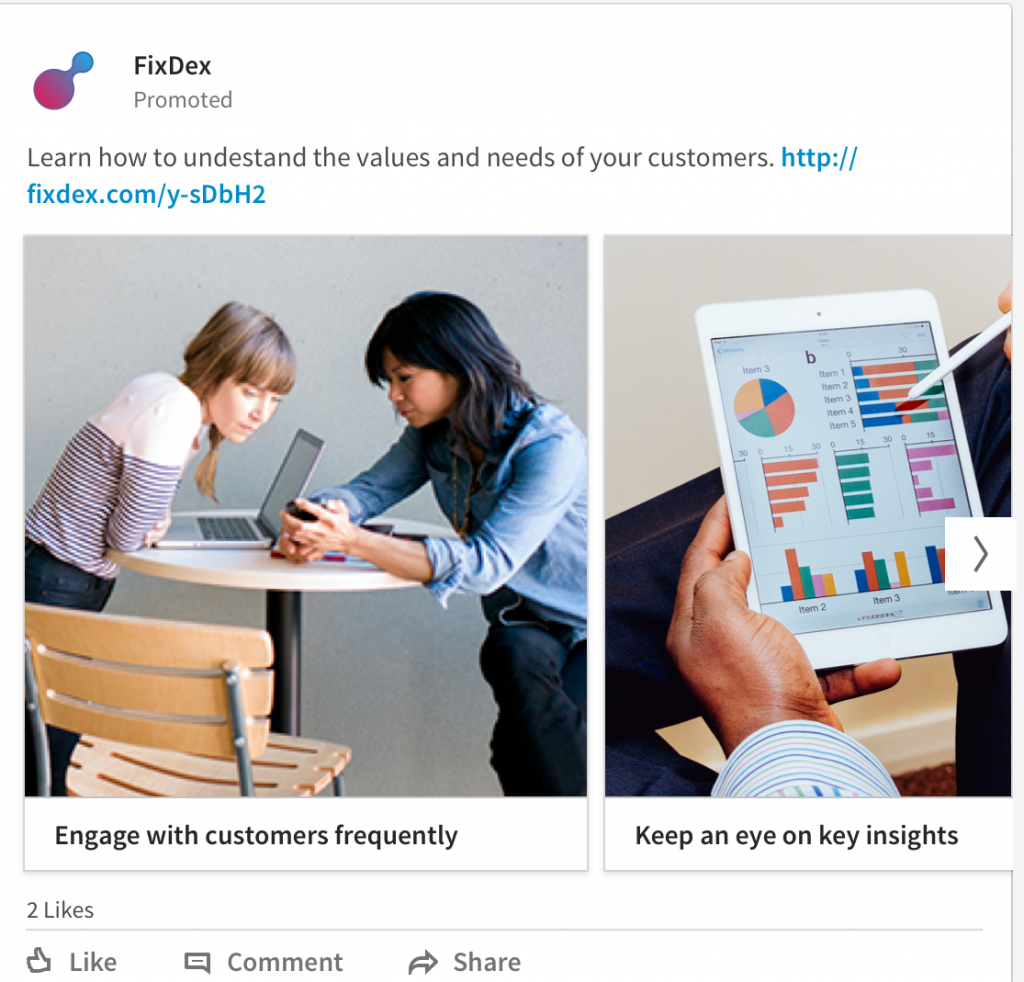People in the Marketing industry constantly use the term Branding or Brand Strategies but what does it actually entitle? What are the steps needed to make sure your business stands out from the crowd, especially if you’re a young startup?
These are some of the things that we discussed in the #TECH Kampar 2020 event this month.

Held at the Universiti Tunku Abdul Rahman (UTAR) Kampar campus, on the 4th March 2020, the event hosted several companies who were able to give the students a quick glimpse of what is the latest tech around as well as some services that would make a booming difference in the near future.
Exabytes is very happy to have been one of the sponsors of the event and would like to thank UTAR Kampar campus and it’s organisers for having us. Thank you for giving us a chance to share a little about the industry and how the students can take advantage of the opportunities present in the real world.

In the digitalised world we live in, it is important for the students to realise the limitless possibility of growing or starting a venture online, even if it’s a start-up. Which is why two of our Digital Marketing Specialists Martin and Priscilla spoke about Branding Strategies For Startups You Can Do Immediately.
The lineup of speakers included Jan Wong, founder of OpenMinds and Dr.Selvakumar, the associate professor in USM who discussed Key Learning of Running a Startup and Demystifying Industry 4.0 and industrial IoT respectively.

The talk unmasks the notion that you need a huge team to make your brand impactful. When you have a team of 3 (or less!) to start a whole business from the ground up, you need to ensure that the resources are allocated well. So what do you focus on first? Continue reading to know the answer.
1. Remembering Your Brand
The main focus of any brand is the logo. You have to help people identify with a business within a matter of moments. The key is to create a resonating logo but who has 5 hours to spend on that! The solution? Opt for online designing tools!
Tools like Crello, Bannersnack, Snappa, Befunky and our personal favourite Canva all have templates in them to create a quick and easy design that looks professional.

Pressed for time? Here’s our quick guide on designing on Pablo. Literally takes minutes once you have the design idea down.

Once the logo is done you can seamlessly incorporate it throughout the website; in the banner, in product pictures and as favicons.

2. Being Consistent
Once you have a logo ready, now comes the tough part, consistency. You need to make sure that all your platforms reflect your brand from it’s colour to the font. Make choosing the theme easy and effortless by getting inspiration from websites like Adobe Colour CC or Envato Market.


3. Social Media
Just having a website is not enough. These days you’ll need to be seen on social media by your customers. Know what works on your audience by seeing what your competitors are doing.
If you want to go even further, draw inspiration from the big players in your field. See how they are marketing their product via Facebook Ads, Instagram Ads or even LinkedIn Ads. A couple of great tools for you to use are Facebook Ad Library and Moat.com.
To make thing easier and more efficient, upload your finished ad to a social media management tool that helps organise and post without you having to schedule it every day. Amazing tools like Hootsuite, Buffer and Later are available online. Utilise them!




Here’s an example of how auto scheduling using Hootsuite works.



Feel like conventional ads are not your style? Try creating memes instead! Show your brand’s personality and get engagement at the same time. We often use Imgflip to satisfy all our meme needs.
That’s a brief rundown on what we spoke at the even. Want to know more about growing your business online? Get in touch with us! We’ll help you figure it out.


Great post
Thanks, glad you love our sharing.